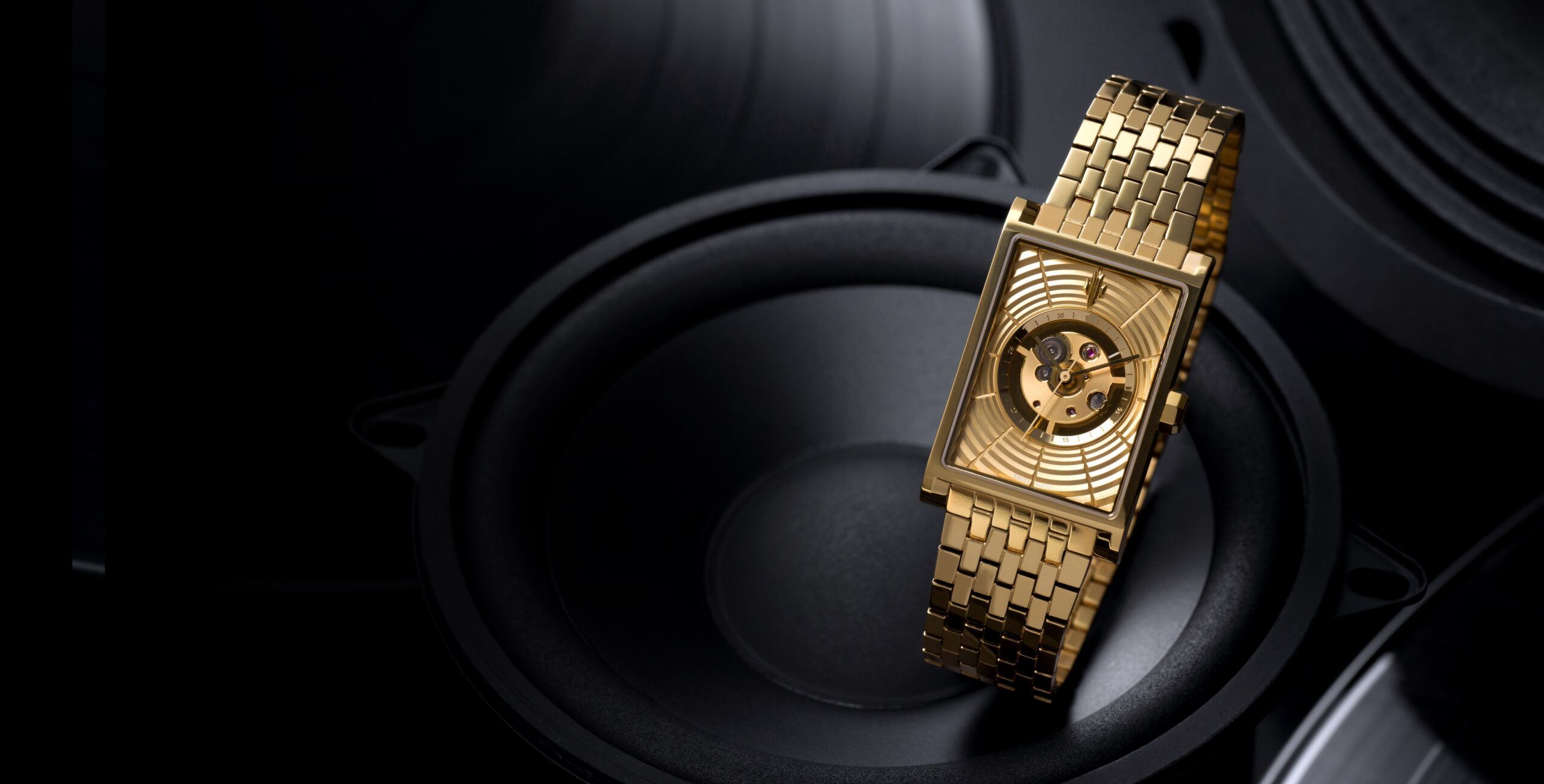
How to Use an Automatic Watch: A Beginner’s Guide
Discover how to start, wind, wear, and care for your Swiss automatic timepiece — the essential guide for new luxury watch collectors.
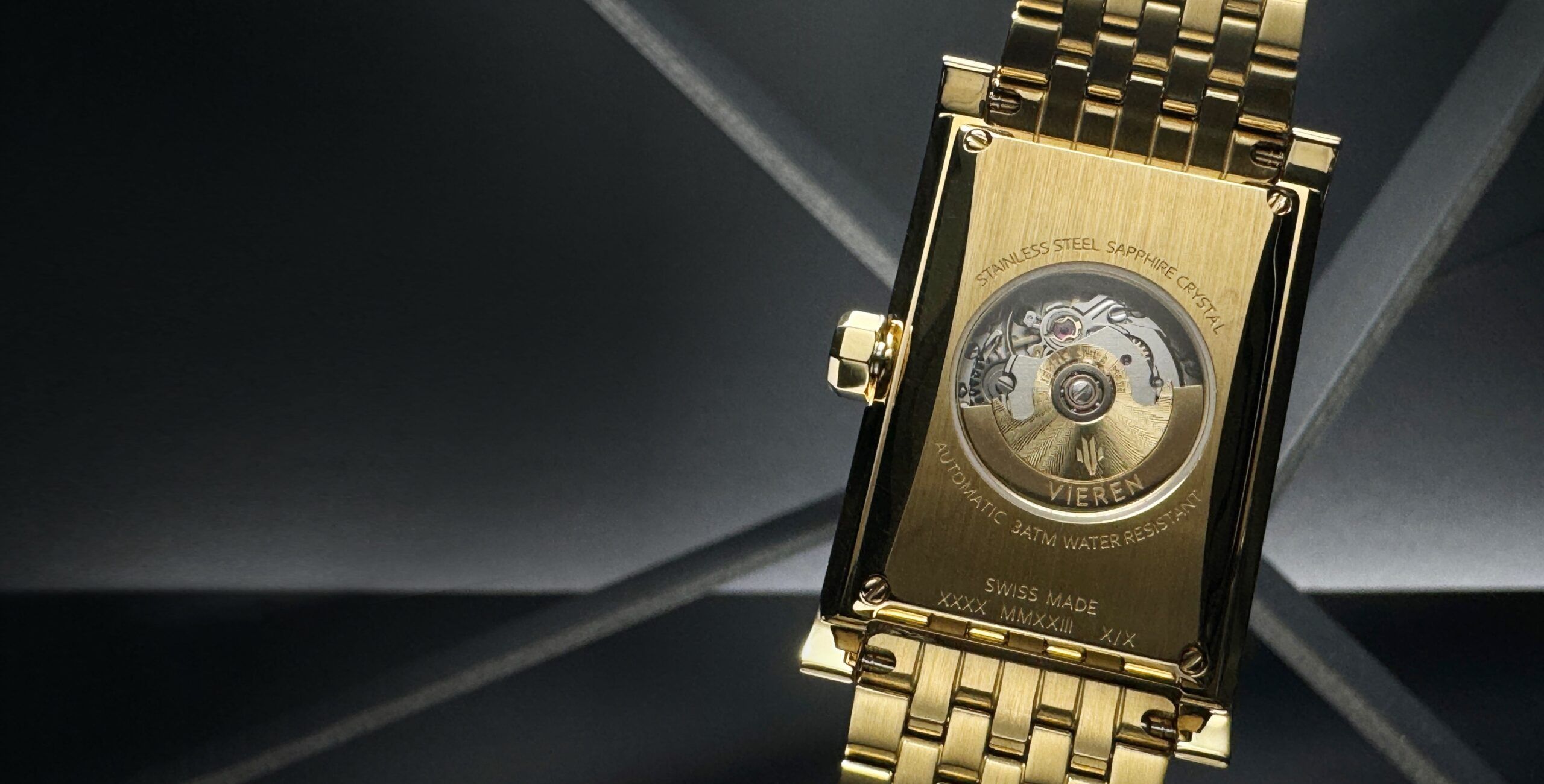
Automatic timepieces exemplify horological engineering, operating without batteries by harnessing energy from your wrist movements. This sophisticated design showcases a blend of traditional craftsmanship and modern innovation, captivating collectors and enthusiasts alike, while highlighting the intricate mechanics behind these remarkable self-winding timepieces.
For a deep dive on automatic watches, read our article on: What Is An Automatic Watch?
Automatic timepieces exemplify horological engineering, operating without batteries by harnessing energy from your wrist movements. This sophisticated design showcases a blend of traditional craftsmanship and modern innovation, captivating collectors and enthusiasts alike, while highlighting the intricate mechanics behind these remarkable self-winding timepieces.
For a deep dive on automatic watches, read our article on: What Is An Automatic Watch?




An automatic watch movement is a complex assembly of over 160 microscopic components that work harmoniously to keep precise time. Each part plays a vital role in the watch's functionality and performance, showcasing the intricate craftsmanship involved in horology. One of the most reliable and compact calibres used in luxury automatic timepieces is the ETA-2671 automatic movement, known for its durability, thin profile, and precision engineering. Learn about the key movement components and functions of this impressive Swiss movement below.
For a deep dive into the different types of watch movements, read our article: Automatic vs. Quartz vs. Mechanical: Watch Movements Explained.
An automatic watch movement is a complex assembly of over 160 microscopic components that work harmoniously to keep precise time. Each part plays a vital role in the watch's functionality and performance, showcasing the intricate craftsmanship involved in horology. One of the most reliable and compact calibres used in luxury automatic timepieces is the ETA-2671 automatic movement, known for its durability, thin profile, and precision engineering. Learn about the key movement components and functions of this impressive Swiss movement below.
For a deep dive into the different types of watch movements, read our article: Automatic vs. Quartz vs. Mechanical: Watch Movements Explained.
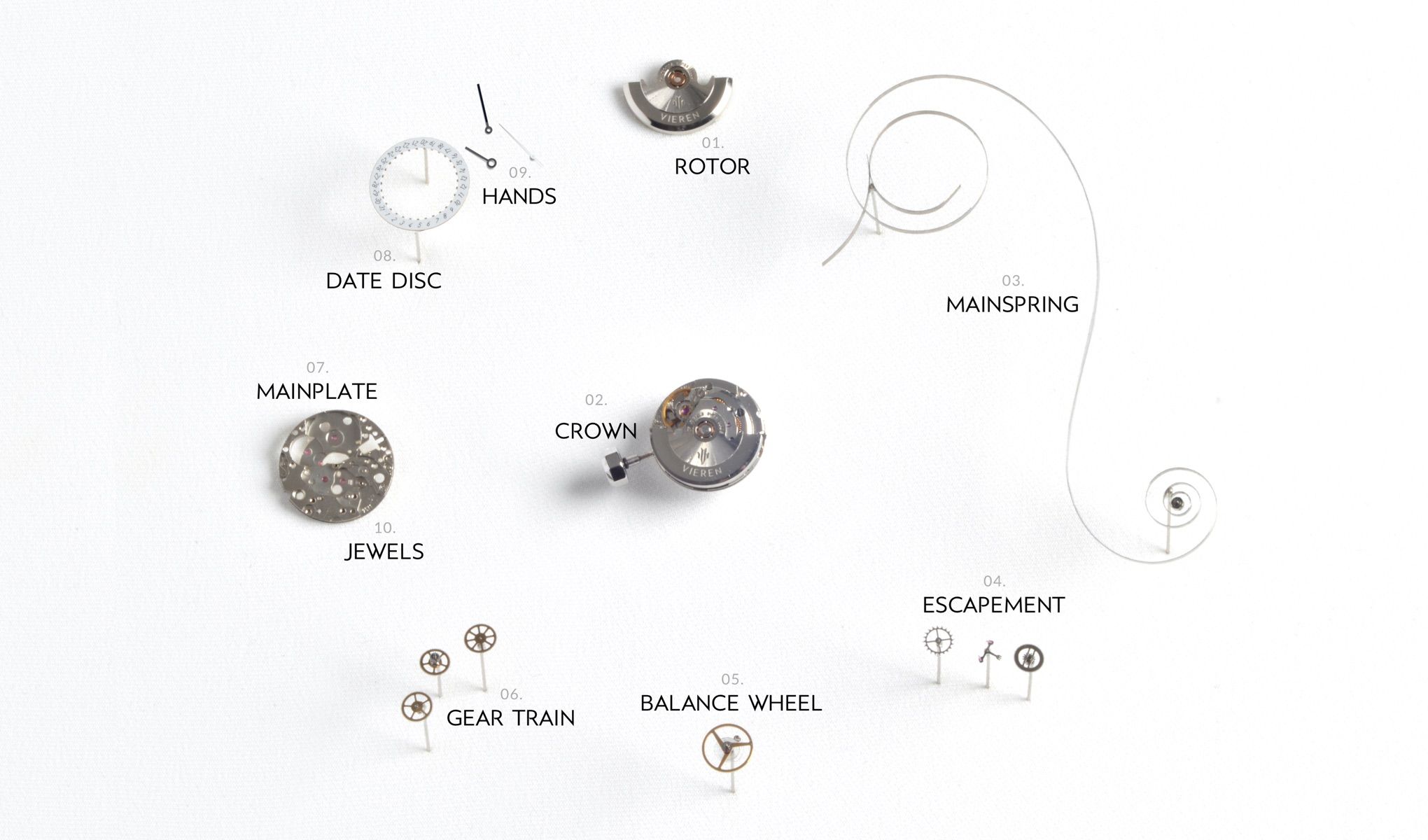

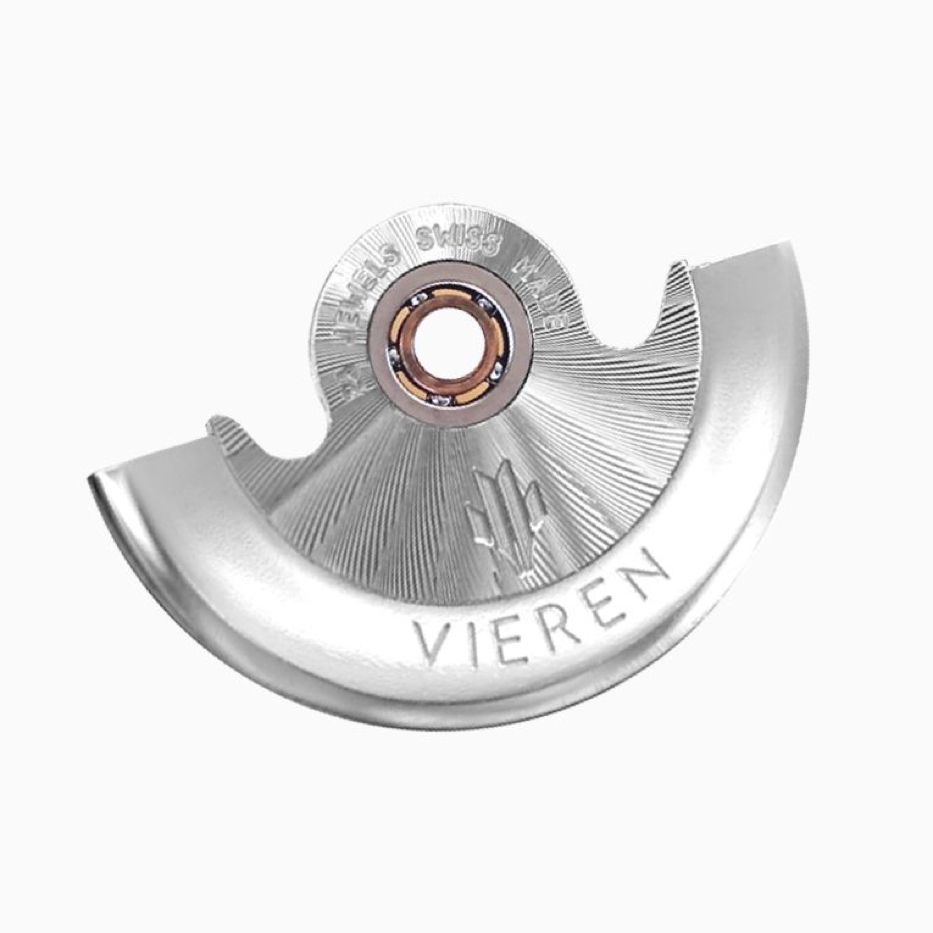

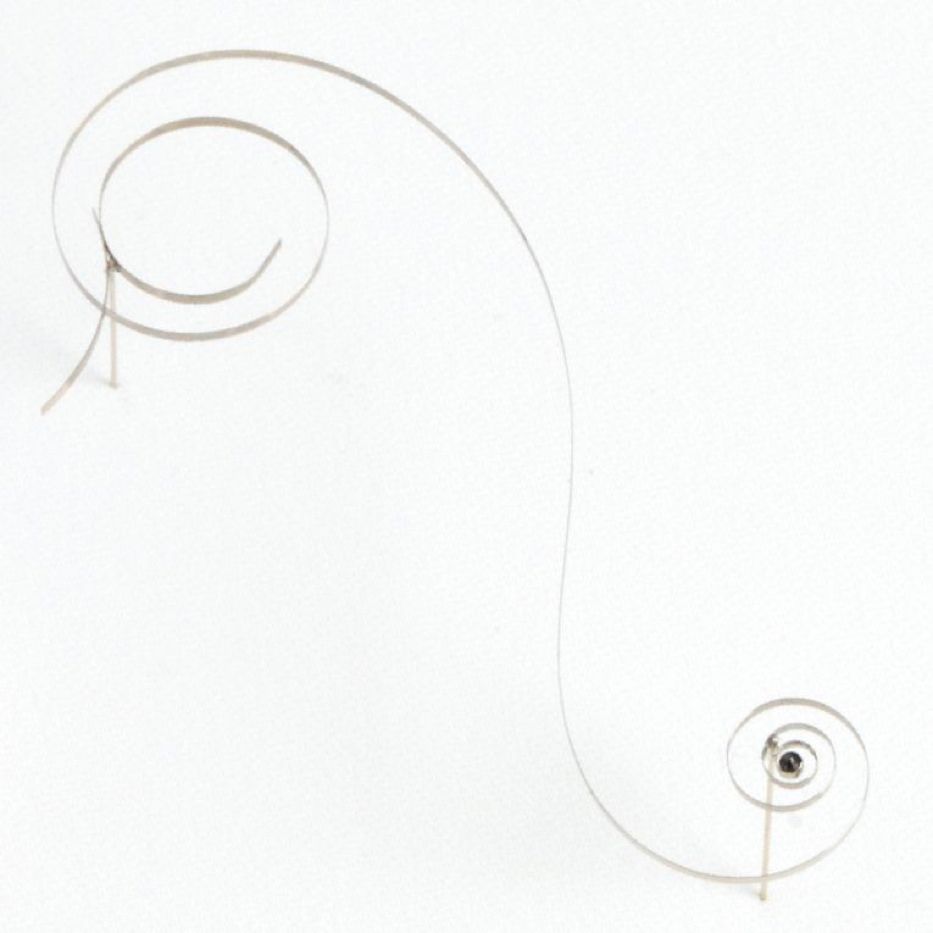

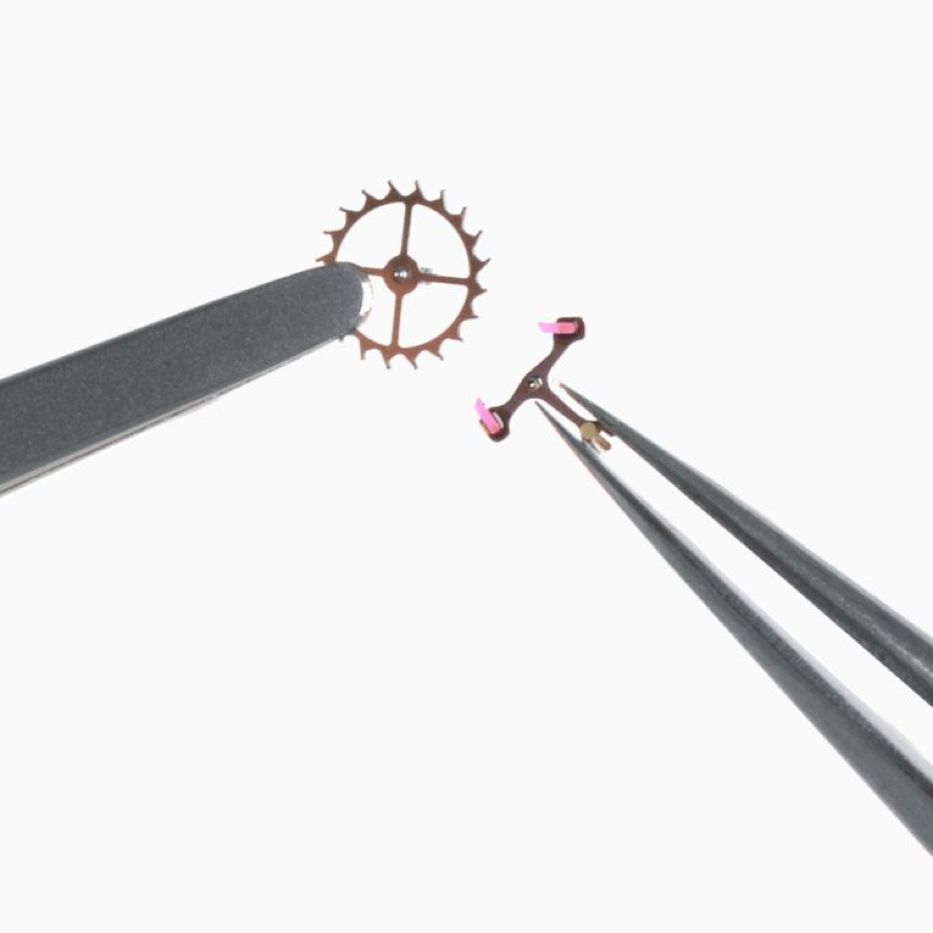

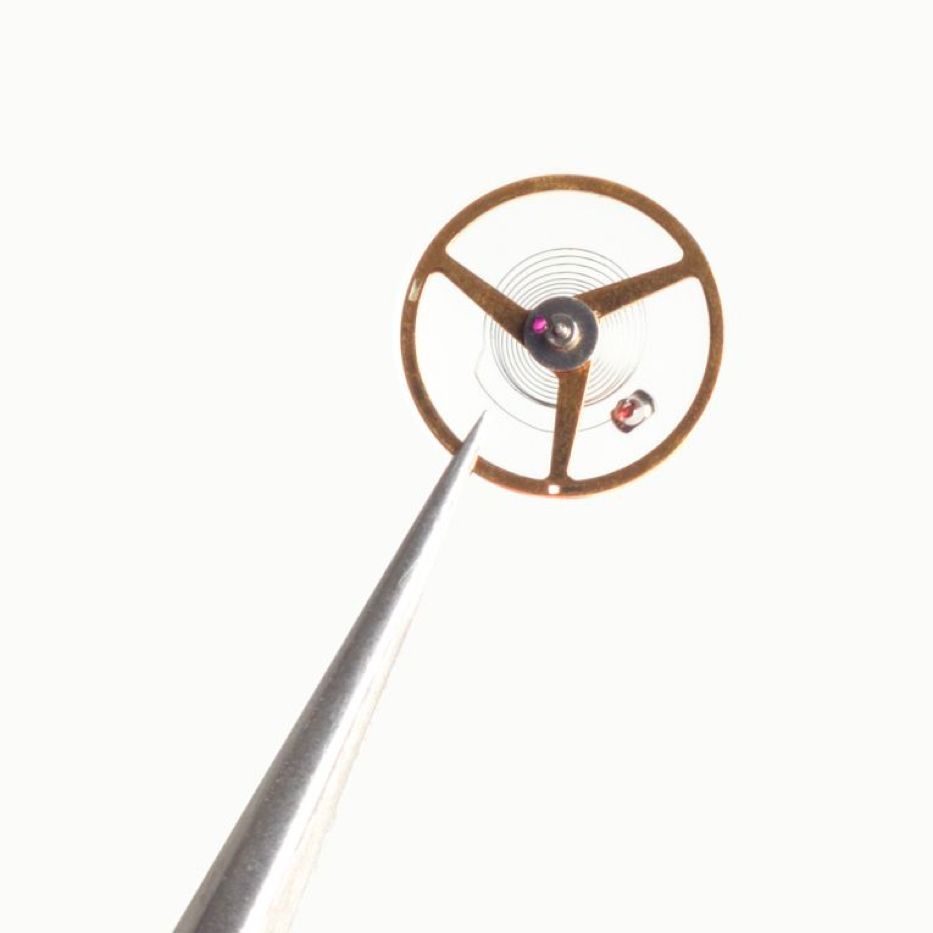

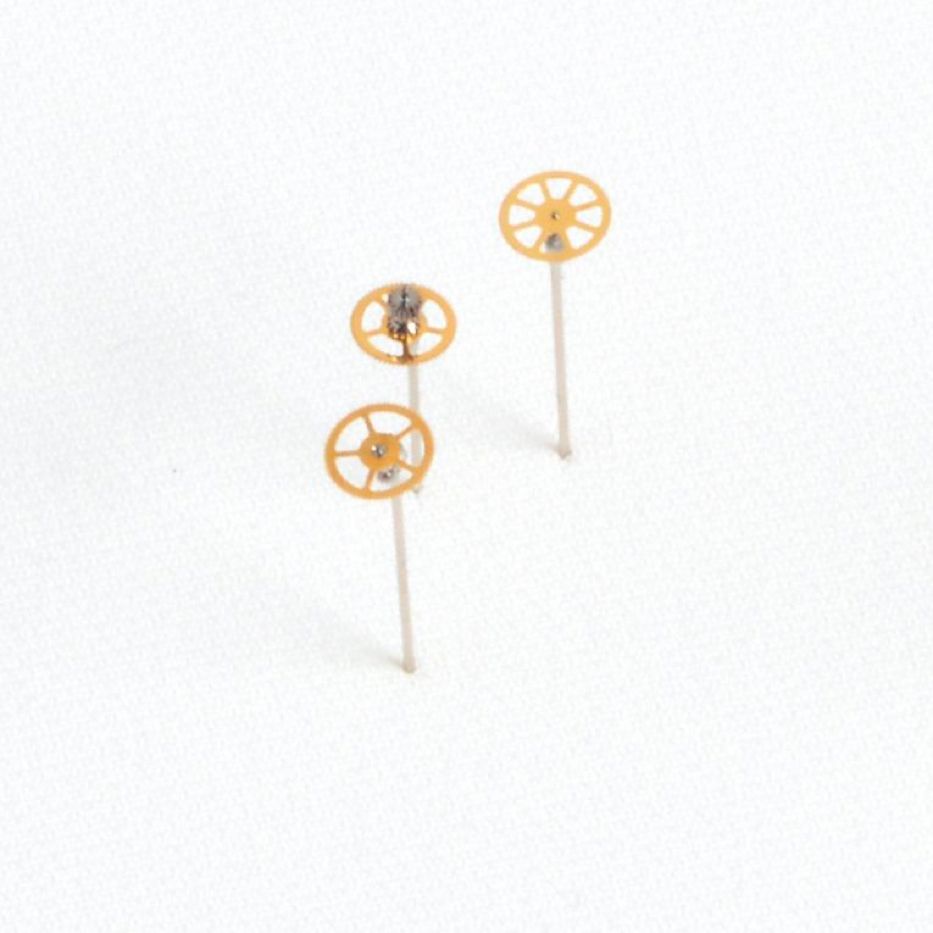

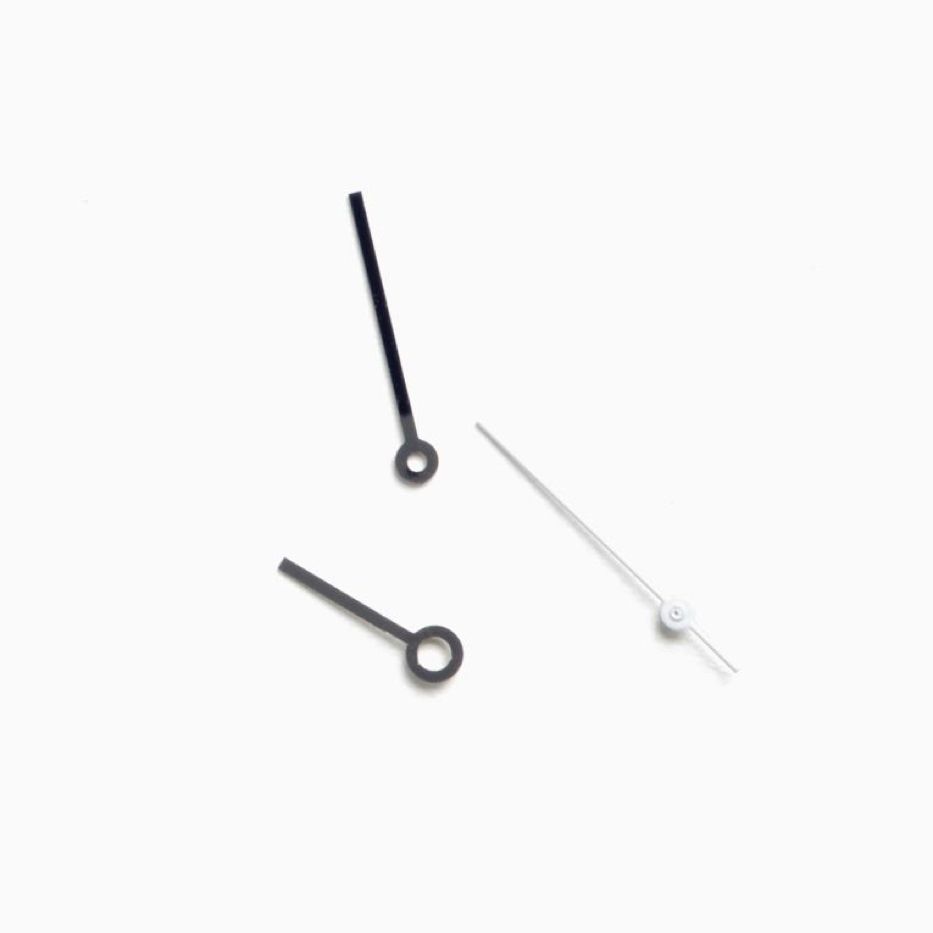

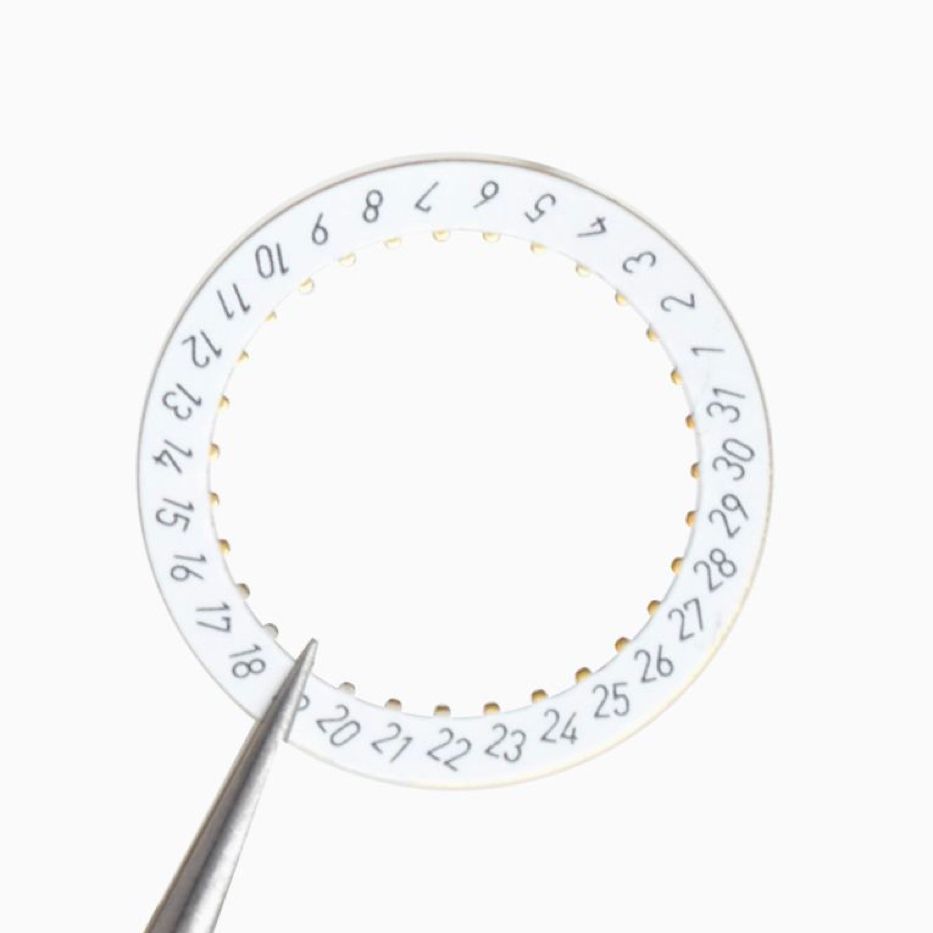

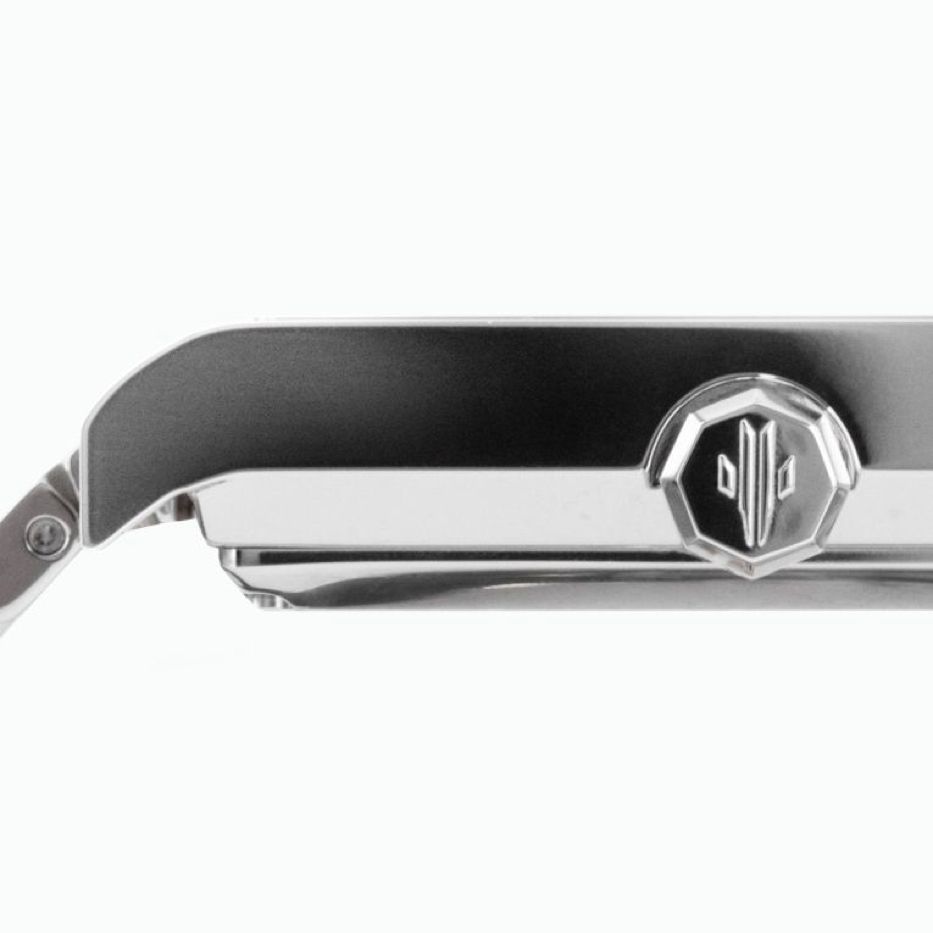

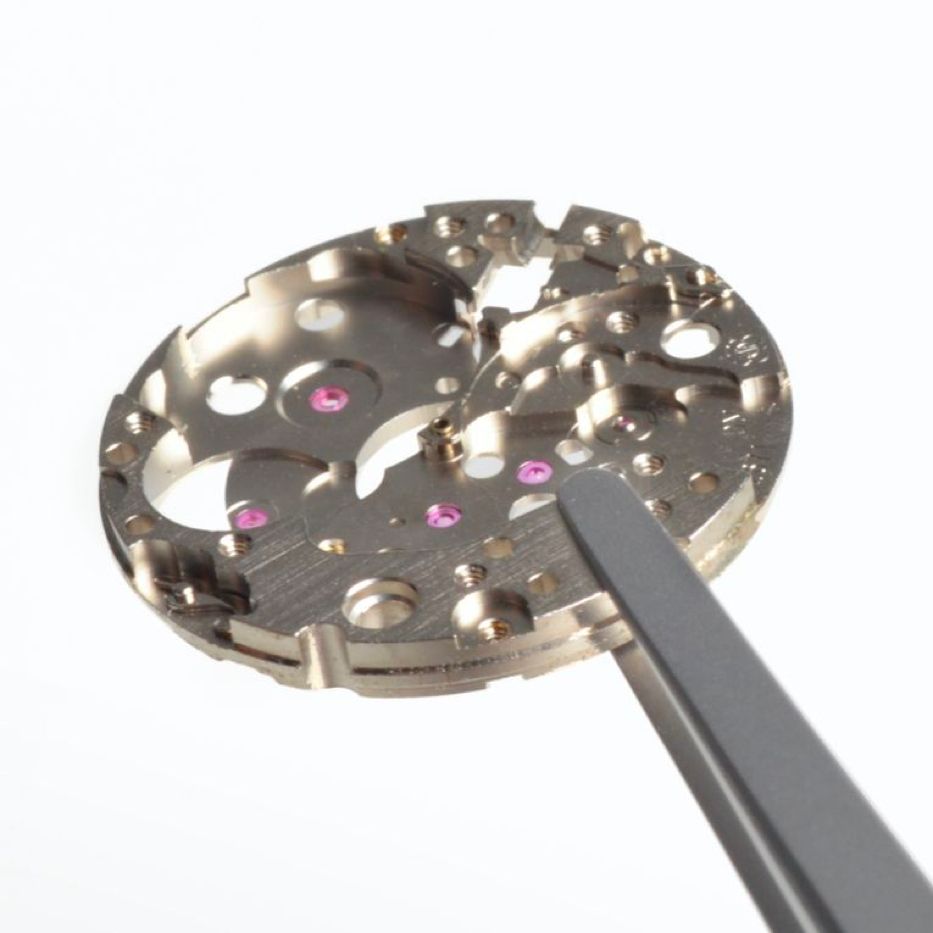

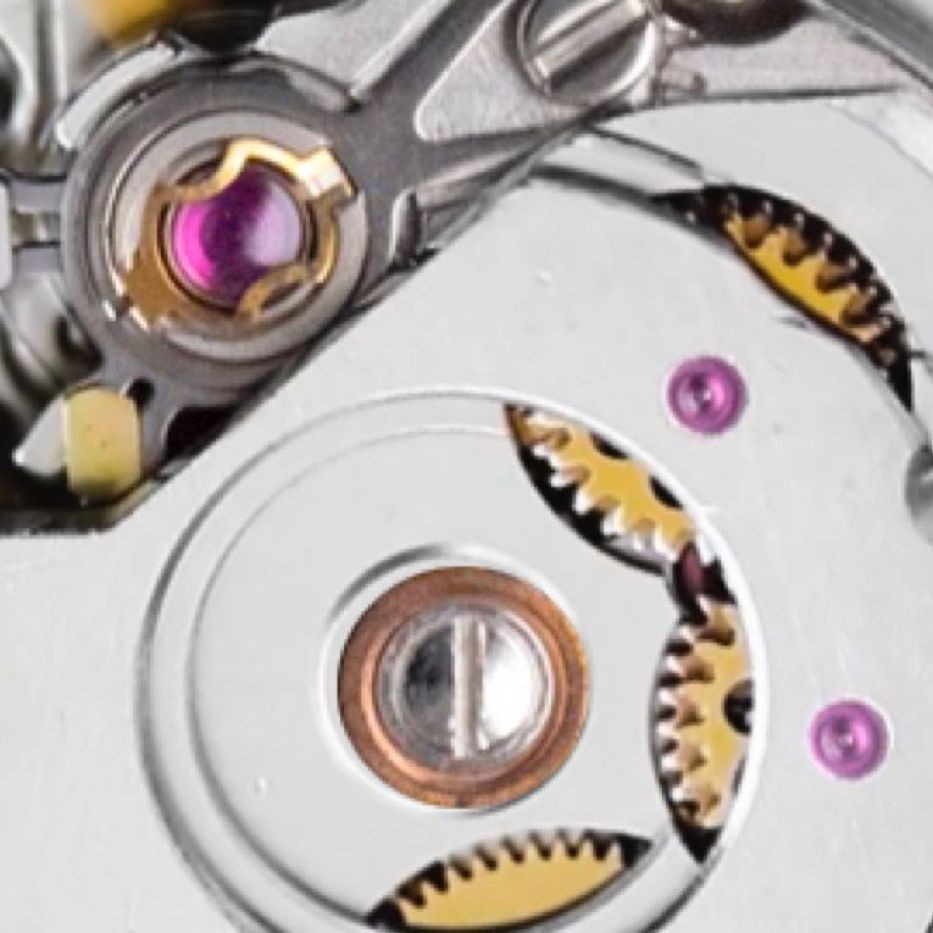

Most modern automatic watches offer a power reserve of 36-42 hours. If not worn daily, be prepared for your watch to require manual winding or resetting after several days. Understanding your watch's power reserve helps you manage its usage effectively.
For a step-by-step guide, explore: How To Wind an Automatic Watch.
Most modern automatic watches offer a power reserve of 36-42 hours. If not worn daily, be prepared for your watch to require manual winding or resetting after several days. Understanding your watch's power reserve helps you manage its usage effectively.
For a step-by-step guide, explore: How To Wind an Automatic Watch.
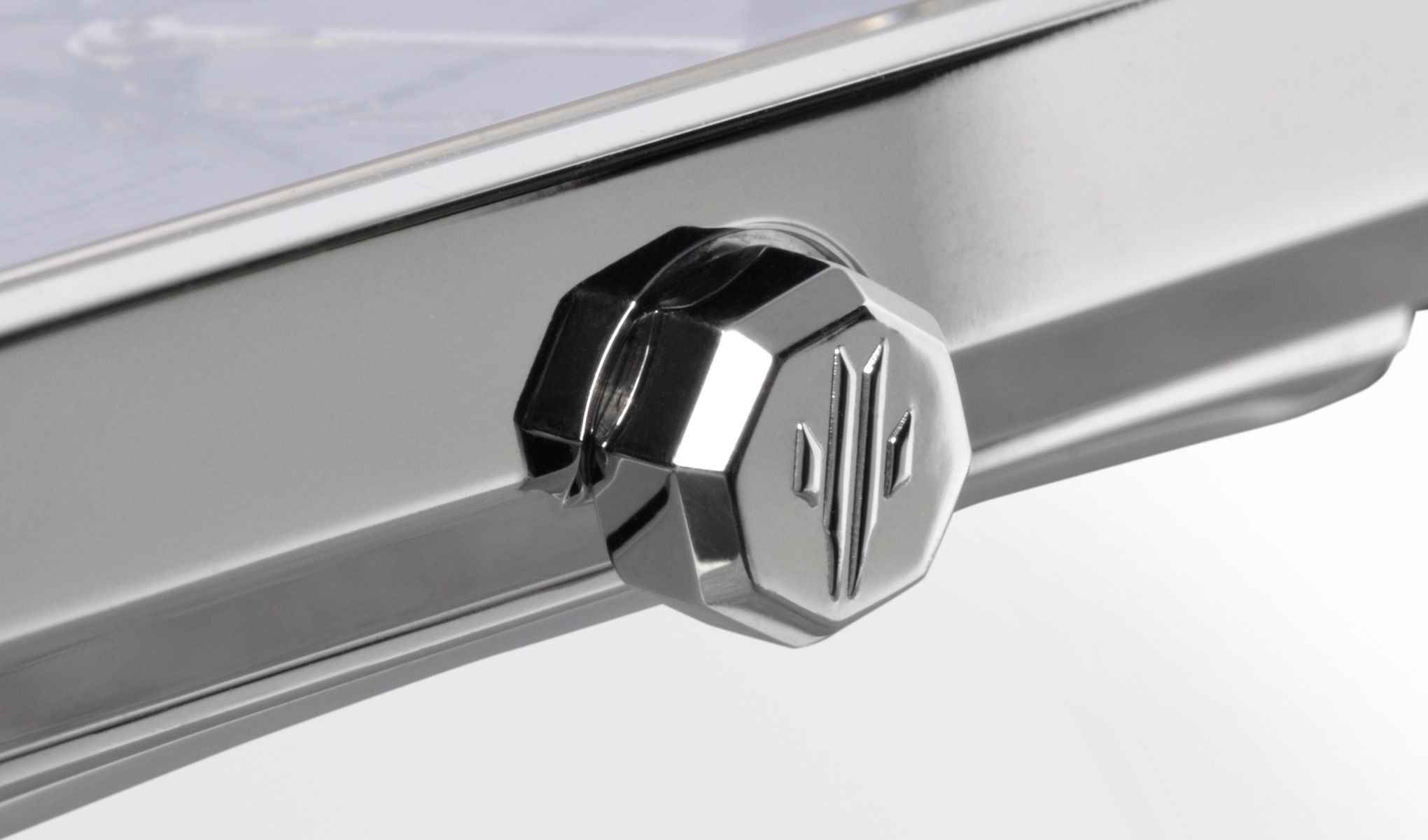

Proper time and date setting are crucial to maintaining the accuracy and longevity of your watch. Avoid turning the crown backward if you overshoot the time, and do not adjust the date during the “danger zone,” as this can damage the date-change mechanism.
Proper time and date setting are crucial to maintaining the accuracy and longevity of your watch. Avoid turning the crown backward if you overshoot the time, and do not adjust the date during the “danger zone,” as this can damage the date-change mechanism.


If your automatic watch is water-resistant, always ensure the crown is fully pushed in or screwed down before exposing it to water. Check the ATM rating for water resistance and have it tested regularly to ensure the seal remains effective, especially after repairs.
Water resistance is measured in ATM (atmospheres) or meters, with 1 ATM equal to 10 meters of pressure.
If your automatic watch is water-resistant, always ensure the crown is fully pushed in or screwed down before exposing it to water. Check the ATM rating for water resistance and have it tested regularly to ensure the seal remains effective, especially after repairs.
Water resistance is measured in ATM (atmospheres) or meters, with 1 ATM equal to 10 meters of pressure.
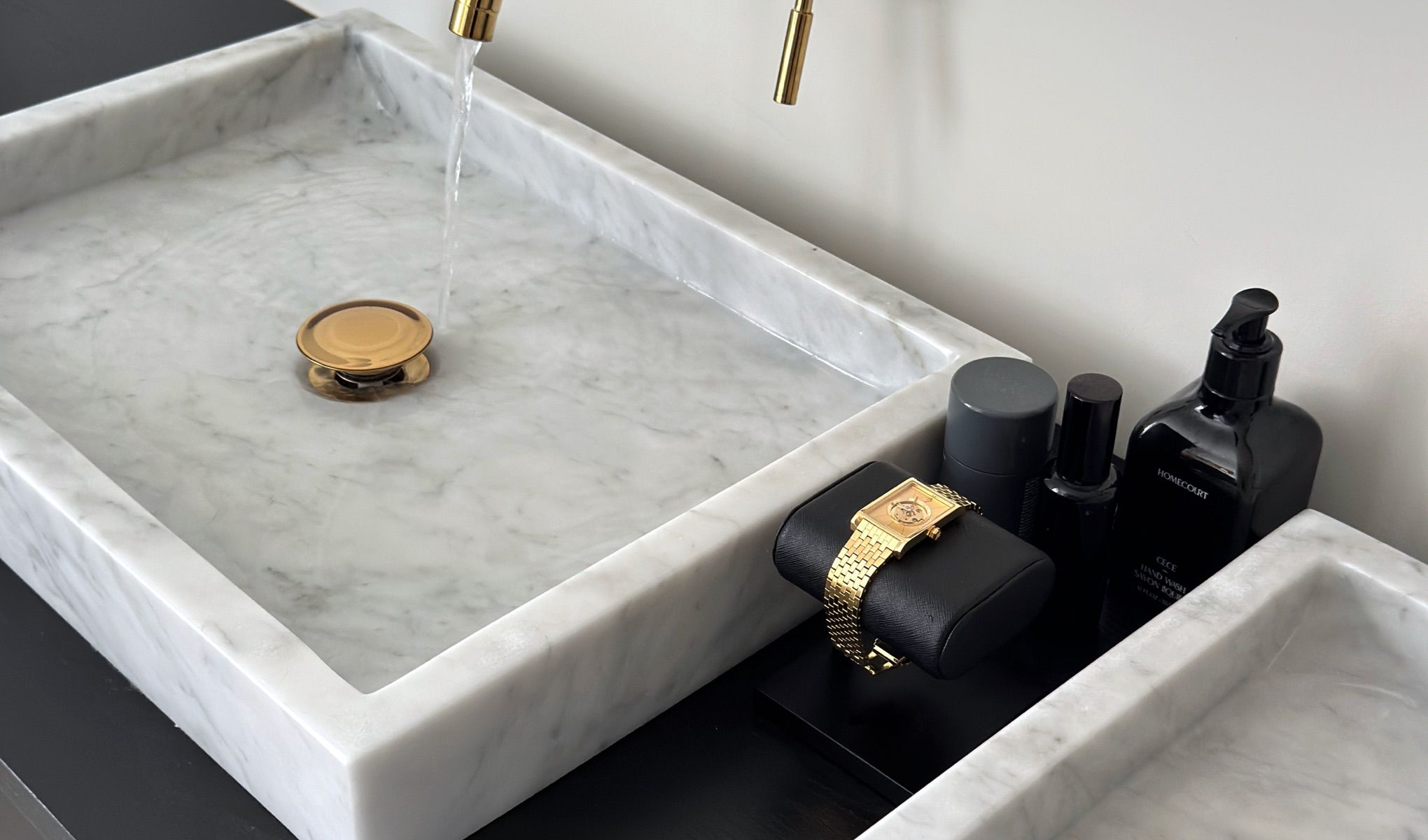

Regularly winding your watch and wearing it frequently will keep it functioning optimally. Familiarize yourself with the watch’s crown and its functions for setting the time and date accurately. Following the guidelines outlined above will maximize your watch's functionality and longevity.
Discover an in-depth exploration in our guide: How To Use an Automatic Watch.
Regularly winding your watch and wearing it frequently will keep it functioning optimally. Familiarize yourself with the watch’s crown and its functions for setting the time and date accurately. Following the guidelines outlined above will maximize your watch's functionality and longevity.
Discover an in-depth exploration in our guide: How To Use an Automatic Watch.
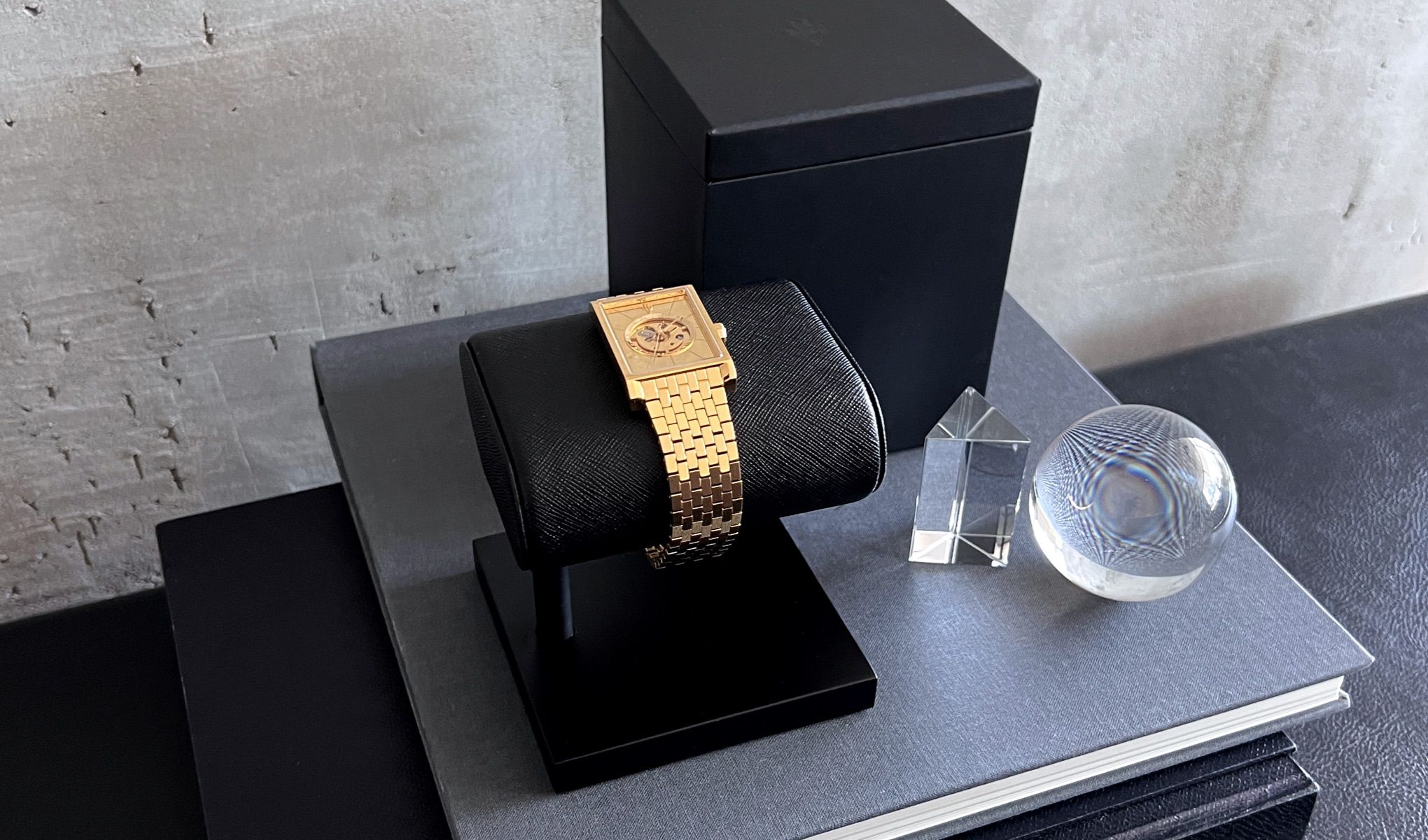



To ensure your automatic watch remains in top condition, follow a consistent care routine that includes regular cleaning, proper storage, and timely servicing. Make sure to wipe your watch after each wear and avoid exposing it to harsh elements. It’s essential to have your watch professionally serviced every 3 to 5 years to keep it running accurately. This servicing includes cleaning, lubrication, and necessary adjustments to maintain performance and prevent costly repairs down the road.
For detailed care tips and best practices, check out our Automatic Watch Care Guide.
To ensure your automatic watch remains in top condition, follow a consistent care routine that includes regular cleaning, proper storage, and timely servicing. Make sure to wipe your watch after each wear and avoid exposing it to harsh elements. It’s essential to have your watch professionally serviced every 3 to 5 years to keep it running accurately. This servicing includes cleaning, lubrication, and necessary adjustments to maintain performance and prevent costly repairs down the road.
For detailed care tips and best practices, check out our Automatic Watch Care Guide.
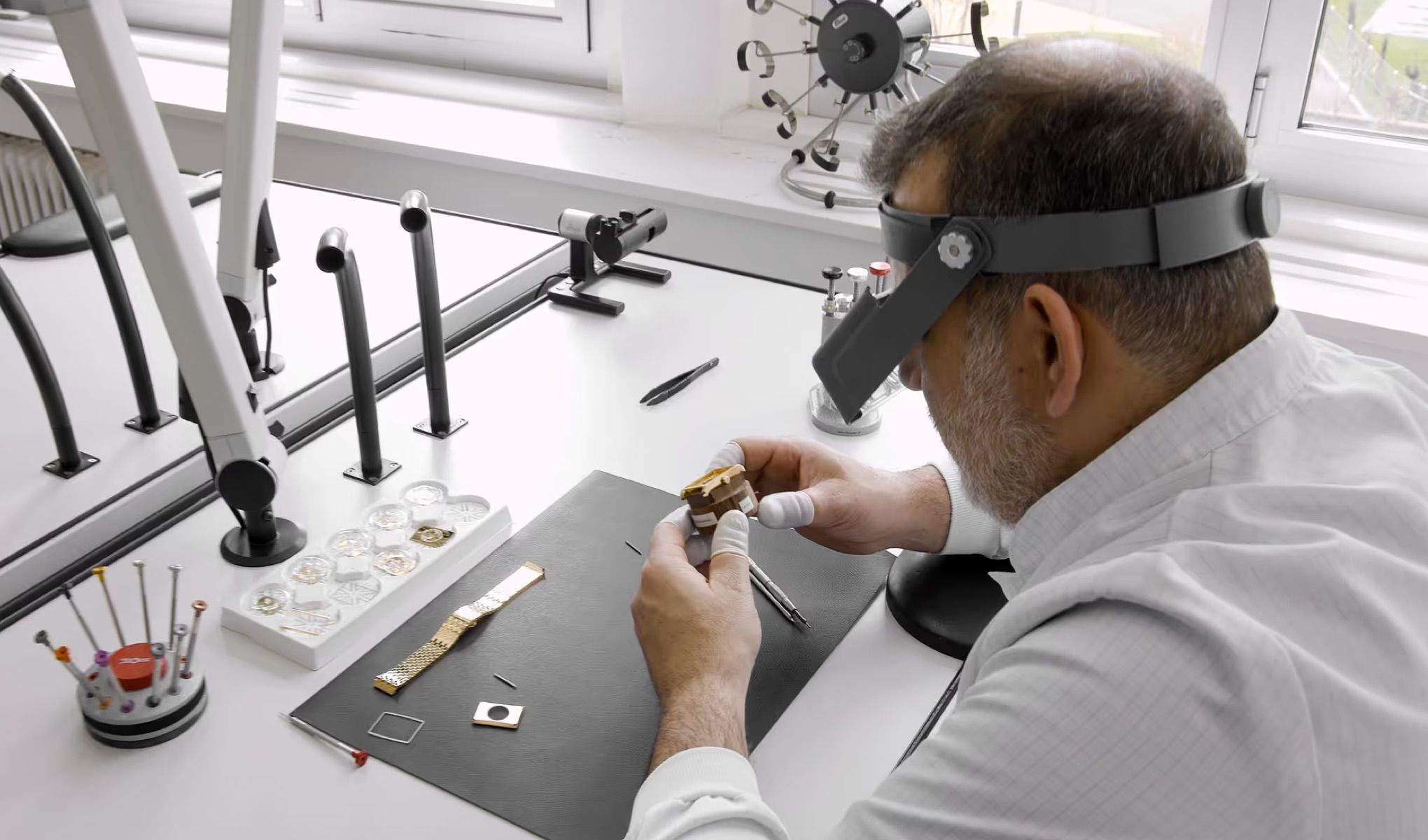

Automatic watches embody centuries of horological craftsmanship, offering not just functionality but also a deep connection to watchmaking traditions. They require no batteries and are powered by the kinetic energy generated by your wrist's movement. Each piece is a testament to artistry, precision engineering, and meticulous craftsmanship. This makes them cherished possessions for enthusiasts who value the blend of tradition and modernity.
Looking for your first automatic watch? Check out our guide on 9 Expert Tips For Buying Your First Automatic Watch.
Automatic watches embody centuries of horological craftsmanship, offering not just functionality but also a deep connection to watchmaking traditions. They require no batteries and are powered by the kinetic energy generated by your wrist's movement. Each piece is a testament to artistry, precision engineering, and meticulous craftsmanship. This makes them cherished possessions for enthusiasts who value the blend of tradition and modernity.
Looking for your first automatic watch? Check out our guide on 9 Expert Tips For Buying Your First Automatic Watch.



